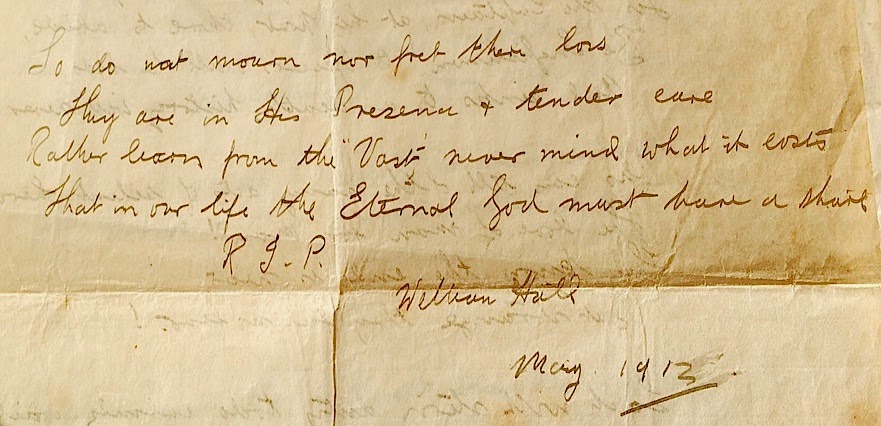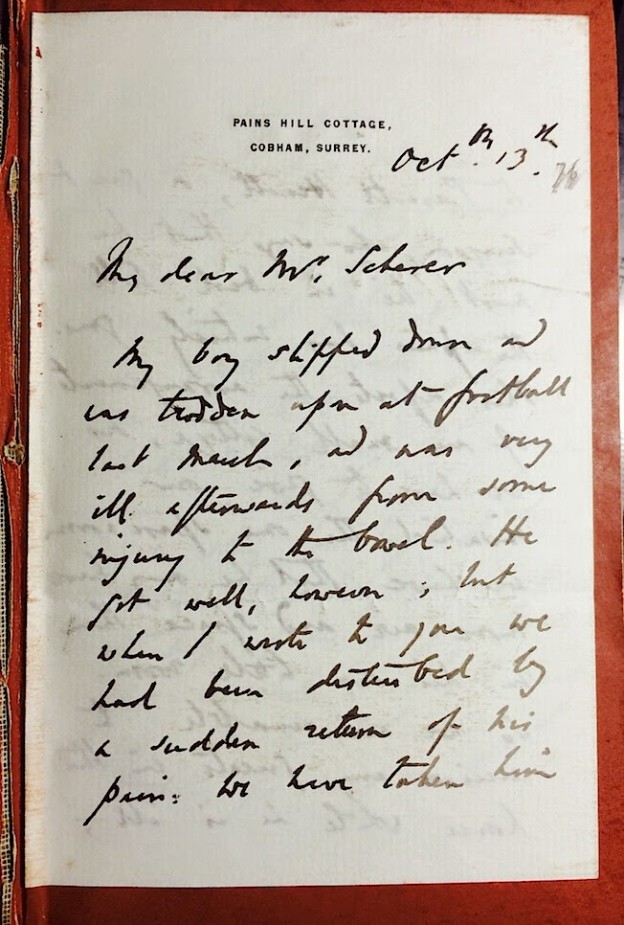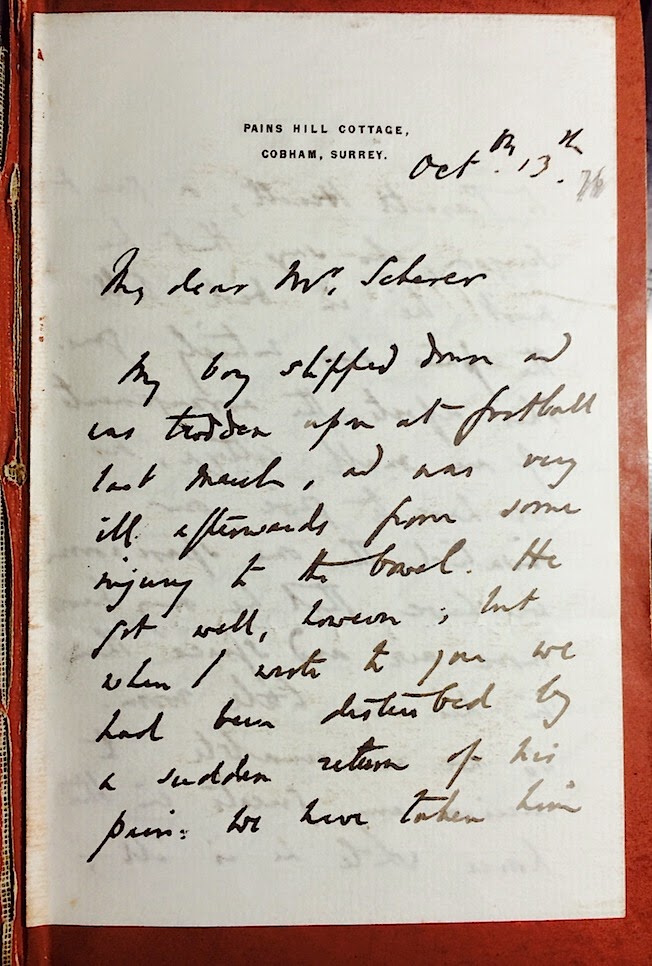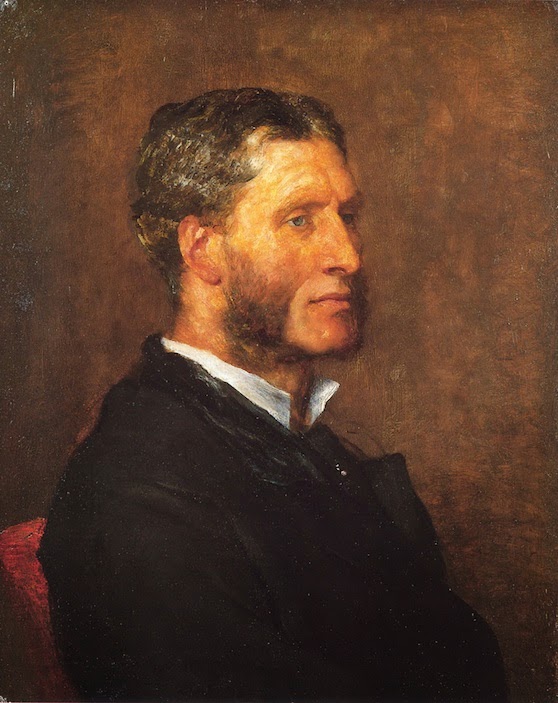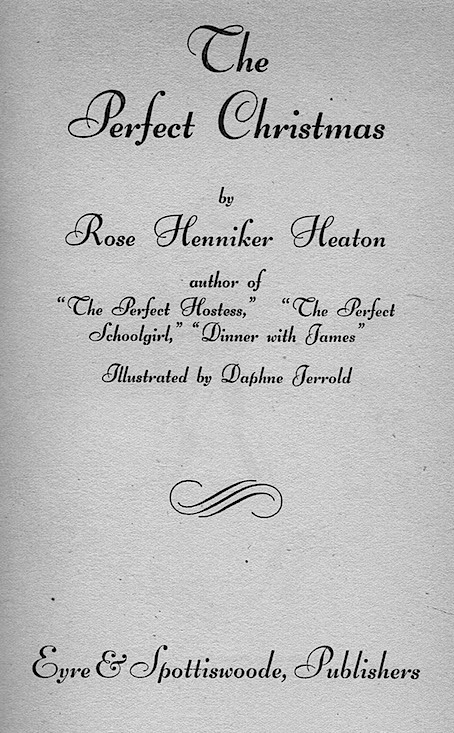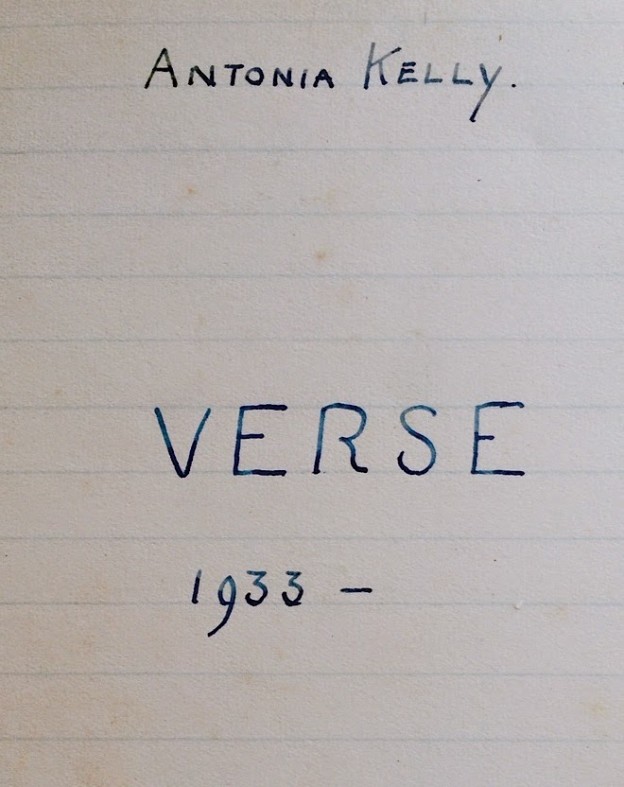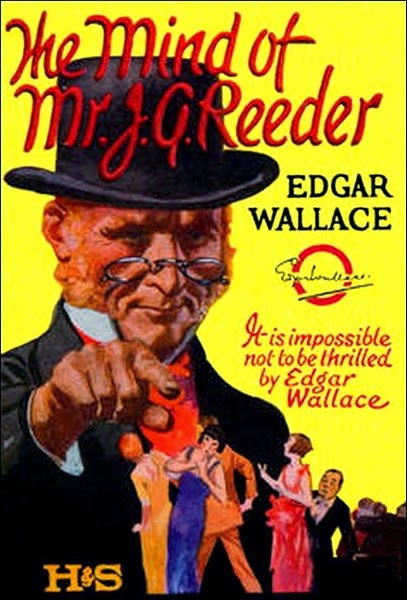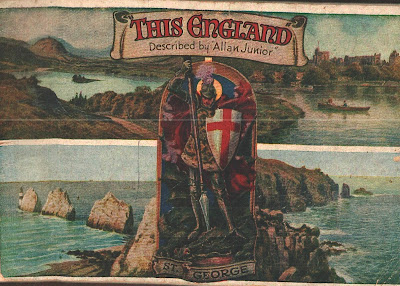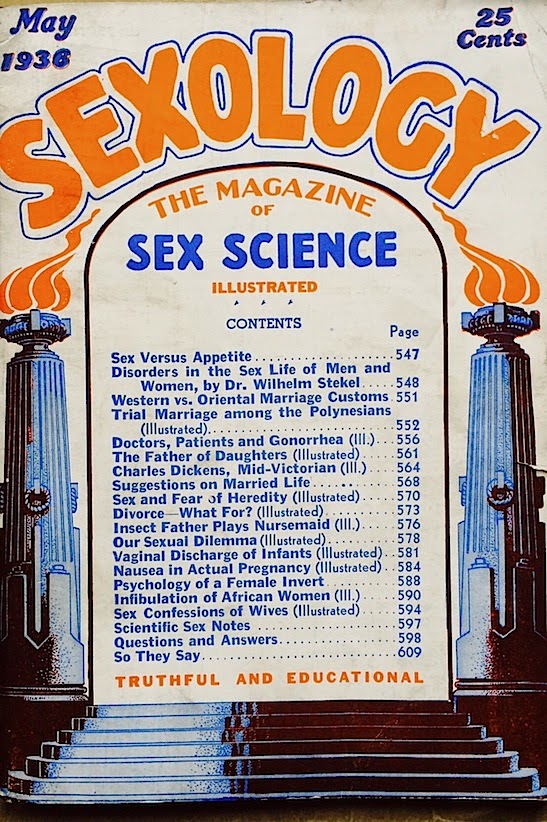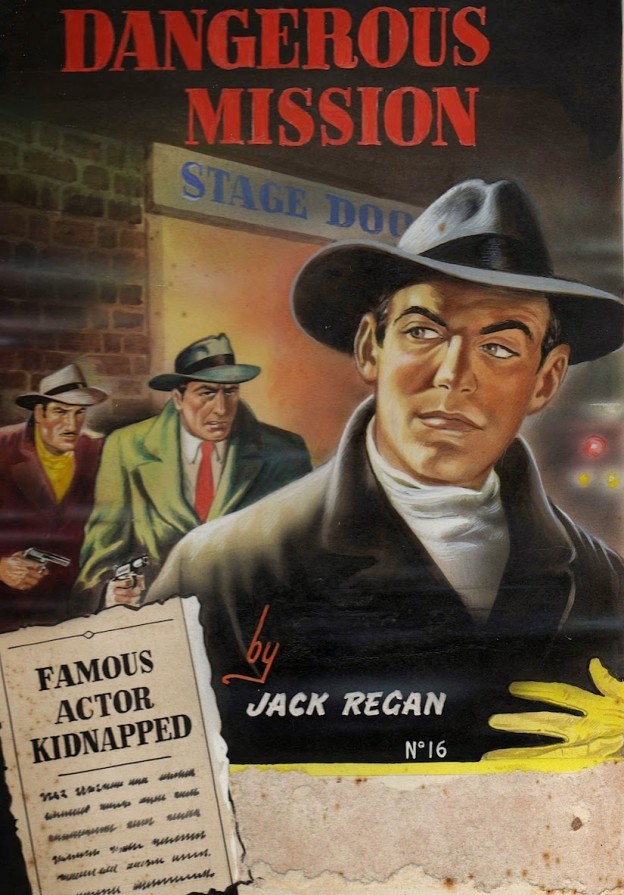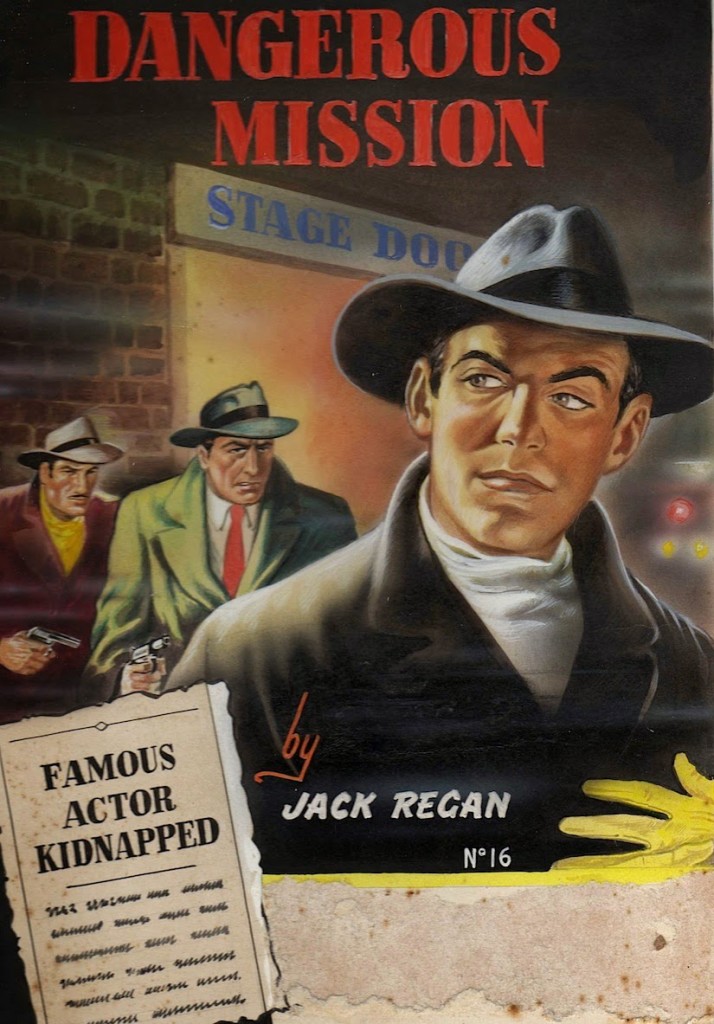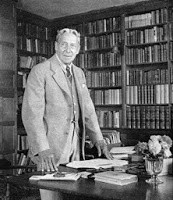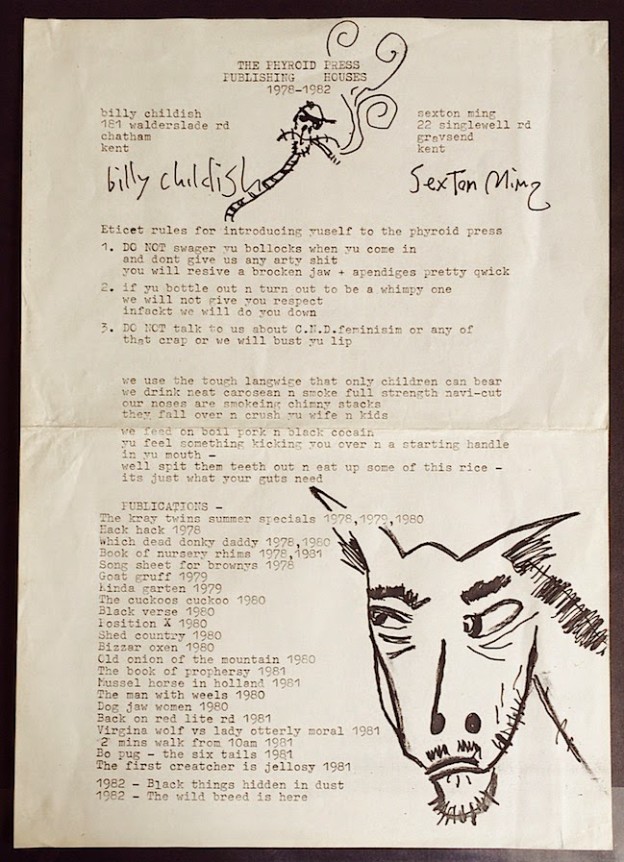Found among a lot of miscellaneous papers, some religious - this poem by one William Allen about the Titanic disaster. It is dated May 1912, one month after the tragedy. The name William Allen is associated with the Titanic because it was the name of the father of one of the survivors, Ada E. Hall. The family was from Hackney, London and Ada was emigrating to America (along with her brother in law the Reverend Bateman who drowned*). She is in the Encyclopedia Titanica and in a lengthy article on her in the Baltimore Sun it states: "Nearer My God to Thee" was the last song Ada heard from the band that was playing on the deck of the RMS Titanic after she boarded a lifeboat and was lowered to the waters below." This hymn is mentioned in the poem and there are a few details that may have come from an eyewitness (i.e. his daughter) rather than from press reports. William Allen is a common name so none of this is conclusive. The poem is heartfelt, competent and deeply religious:
T'was the eve of the day of rest
That the mighty Leviathan
Ploughed her way through the ocean's
Sleeping breast.
List to the throb of her stately tread
Mark her proportions
From anchor to lofty head
Its harmony sublime.


